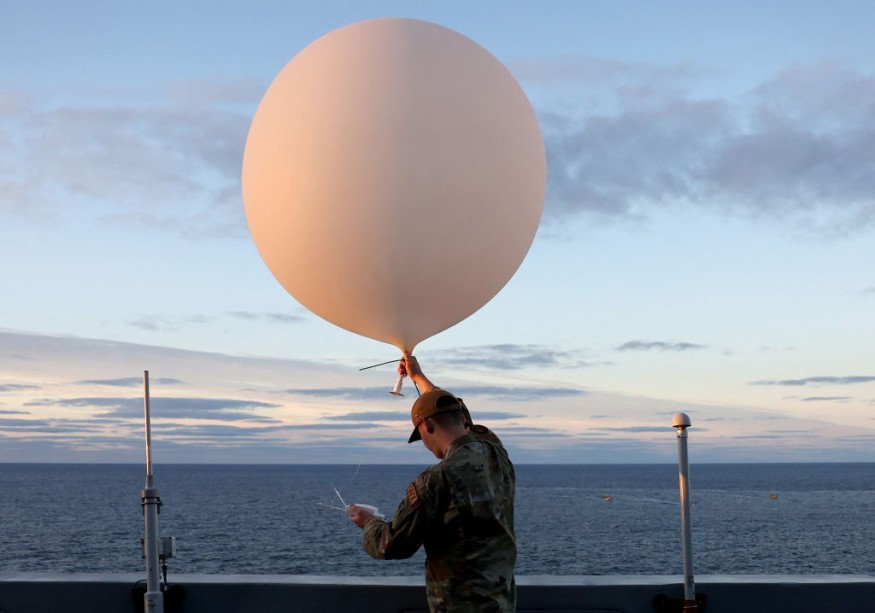Recently, mysterious balloons have been flying over North America and the US Air Force has shot them down for security reasons. The balloons were believed to be Chinese surveillance vessels initially observed flying American territory in early February.
But apart from these balloons, there are some emotional fatalities as well. Futurism reports that a solar geoengineering start-up that aims to dim the sun is worried that its balloons might get shot down as well.

Make Sunsets Balloons Vs. US Air Force
Hobbyists from Northern Illinois want to din the Sun using balloons carrying a chemical that will help them accomplish their mission. Luke Iseman, an innovator, and business partner Andrew Song recently got their permit from the Federal Aviation Administration (FAA) to launch three chemical-filled balloons for their company, Make Sunsets.
He told Time Magazine moments after being cleared by FAA that the three large weather balloons contain chemicals intended to reflect the Sun's rays back into space. It is the first test of the controversial climate technology in the United States.
Getting approval from the federal agency was not an easy feat and the recent mysterious balloon incident did not help with their project. Since the US Air Force seems to implement a "missiles first, questions later" policy, they are now worried that their experiment will also be affected.
For now, Iseman and his business partner are confident that their project would go well. On the other hand, they are concerned that a sudden aircraft would come and shoot their balloon while ascending into the atmosphere.
Dimming the Sun
Make Sunsets announced on Tuesday that it has performed three balloon launches in Reno, Nevada, each of which carried less than 10 grams of sulfur dioxide, the most often cited aerosol particle in discussions about solar geoengineering. Two of the three balloons carried GPS trackers, while one had a camera.
Solar geoengineering has been discussed for decades and mainly refers to spraying aerosol particles into the upper atmosphere to deflect the Sun's rays away from the planet and back to space, CNBC reports. In that way, it cools the globe and temporarily alleviates the effects of climate change.
Essentially, it mimics what happens when a volcano erupts and it is known to work. According to the U.S. Geological Survey, the 1991 eruption of Mount Pinatubo in the Philippines spilled hundreds of tons of sulfur dioxide into the stratosphere, lowering the world temperature by around 1 degree Fahrenheit on average.
Although it is not a solution and has not been thoroughly studied yet, solar geoengineering is a temporary stopgap measure scientists are considering using to mitigate climate change.
Therefore, while releasing sulfur dioxide particles swiftly and cheaply cools the planet, it is also harmful. Sulfur dioxide injection into the atmosphere might harm the ozone layer, induce respiratory disease, and generate acid rain. Nonetheless, people are beginning to take the notion more seriously as the repercussions of climate change become more apparent.
RELATED ARTICLE:
Researchers Suggest Solar Geoengineering Methods to Alleviate Global Warming
Check out more news and information on Solar Geoengineering In Science Times.










